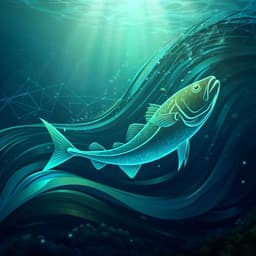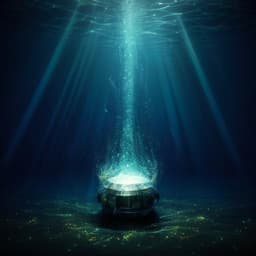
Earth Sciences
Millions of seafloor pits, not pockmarks, induced by vertebrates in the North Sea
J. S. V. Deimling, J. Hoffmann, et al.
This groundbreaking study reveals that the shallow depressions on the North Sea seabed, previously thought to be signs of hydrocarbon venting, are actually 'pits' created by harbor porpoises during foraging. Researchers, including Jens Schneider von Deimling and Jasper Hoffmann, document how these unique formations influence the entire marine ecosystem.
Playback language: English
Related Publications
Explore these studies to deepen your understanding of the subject.







